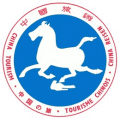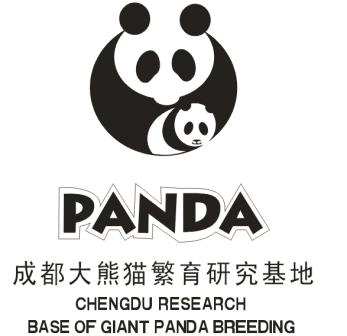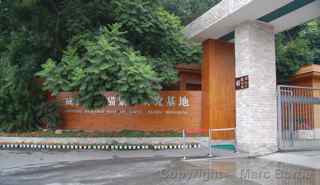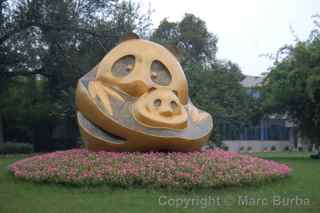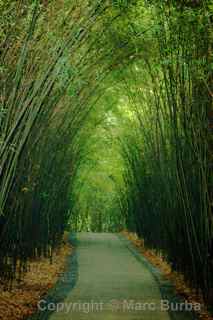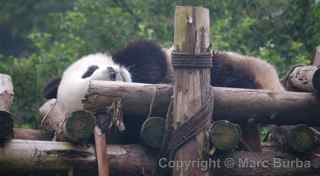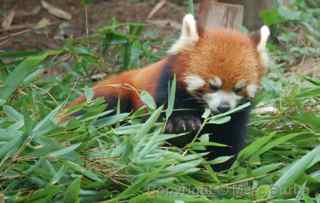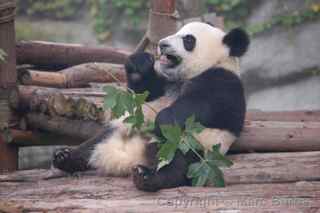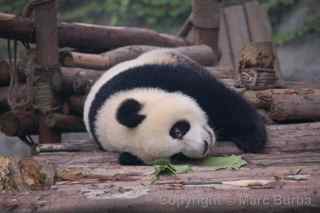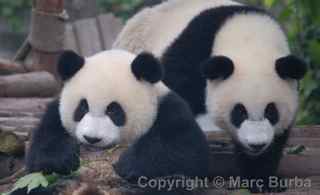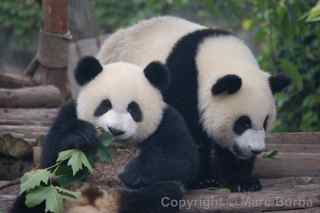Chengdu, China
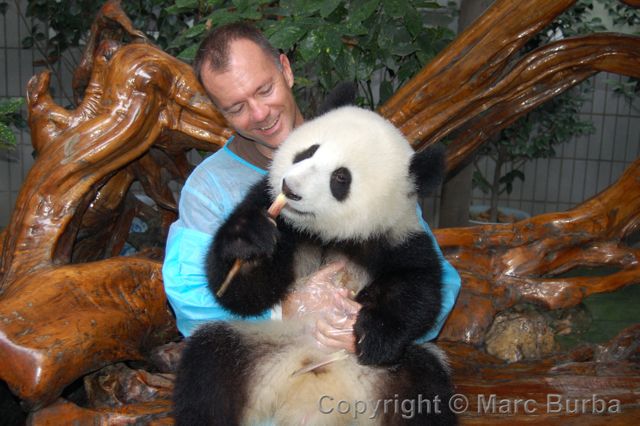 I’ll answer the most important question right away: Holding a panda is like plopping a 150-pound sack of mashed potatoes into your lap. Assuming that the potato sack is furry and squirms.
I’ll answer the most important question right away: Holding a panda is like plopping a 150-pound sack of mashed potatoes into your lap. Assuming that the potato sack is furry and squirms.
Our time at the Chengdu Research Base of Giant Panda Breeding was a highlight of a two-week trip that was full of highlights: The Summer Olympics in Beijing. The Great Wall of China. The Terracotta Army in Xi’an.
The panda breeding research center has established the world’s largest captive giant panda population and continues its work to steer the panda and other wildlife away from extinction. It is an oasis near the city, with peaceful, bamboo-lined walkways leading to animal enclosures and research and nursery buildings.
We got to see the staff feeding newborn pandas that could fit into the palm of a hand. We hung out at the enclosures where the animals were eating, playing, climbing, and sleeping. The more energetic ones climbed trees and jungle gyms or rolled around on the ground. Two wrestling adolescents tumbled into a ditch before shaking off their dizziness and climbing out.
Of course the highlight was holding a panda. This one was about 18 months old. A staff member carried it out and gave it bamboo to chew to keep it occupied while cameras snapped. The blue plastic smock and gloves we wore were just as much to protect them from our germs as to protect our clothes.
The entire experience lasted about five minutes. The money for the privilege (almost $200) goes to research and care programs. The memories: Priceless. No wonder this is TripAdvisor’s top attraction in the city.

